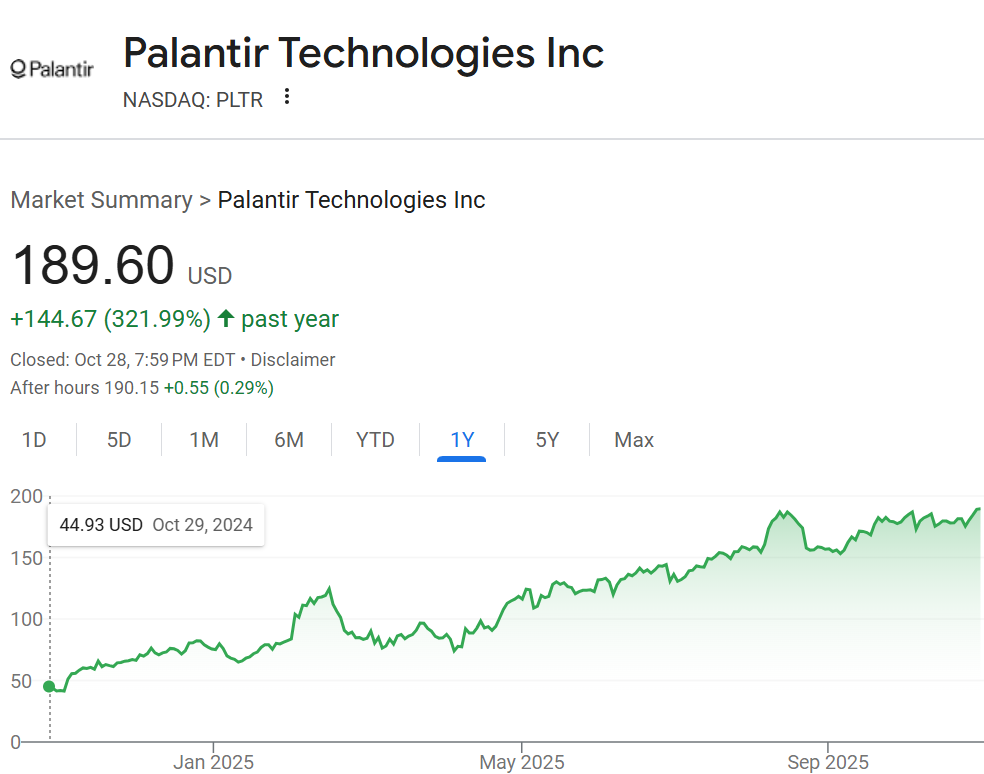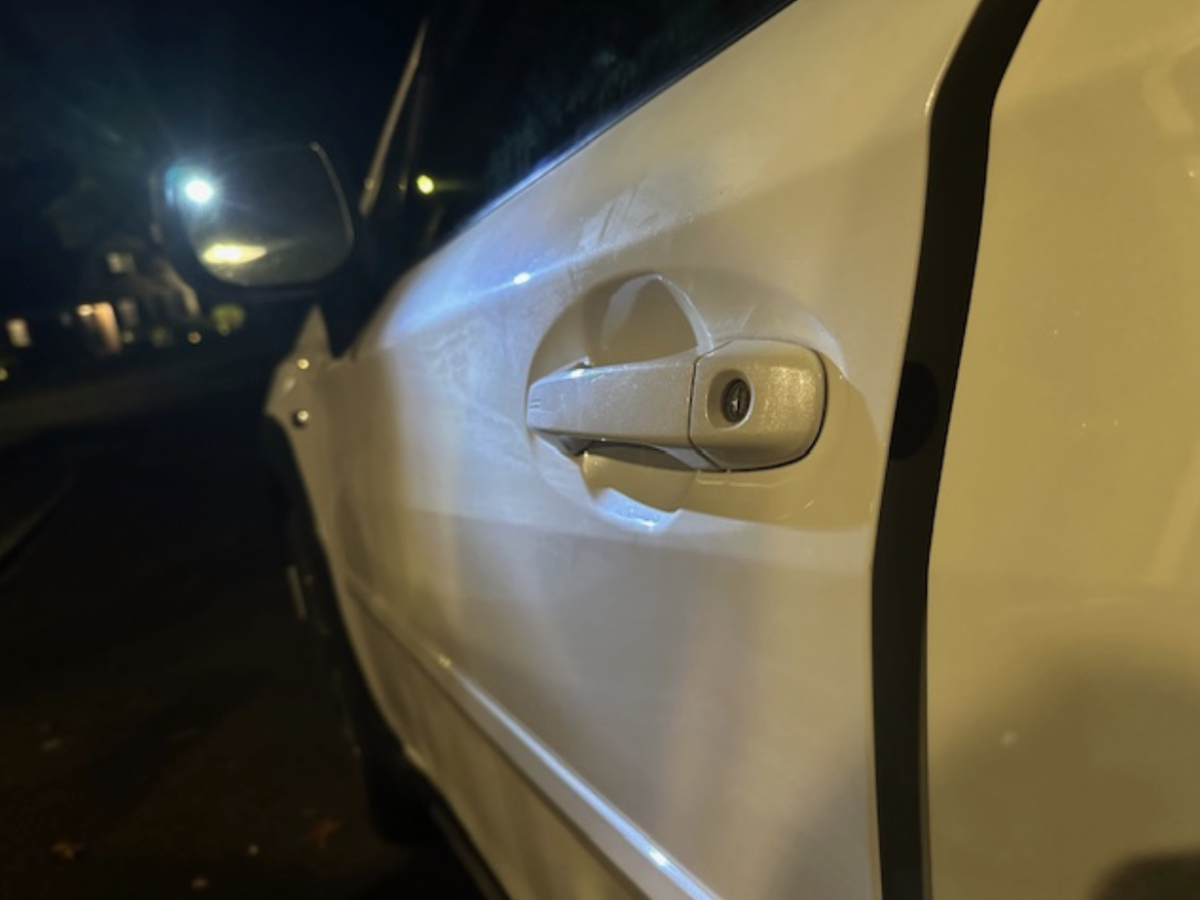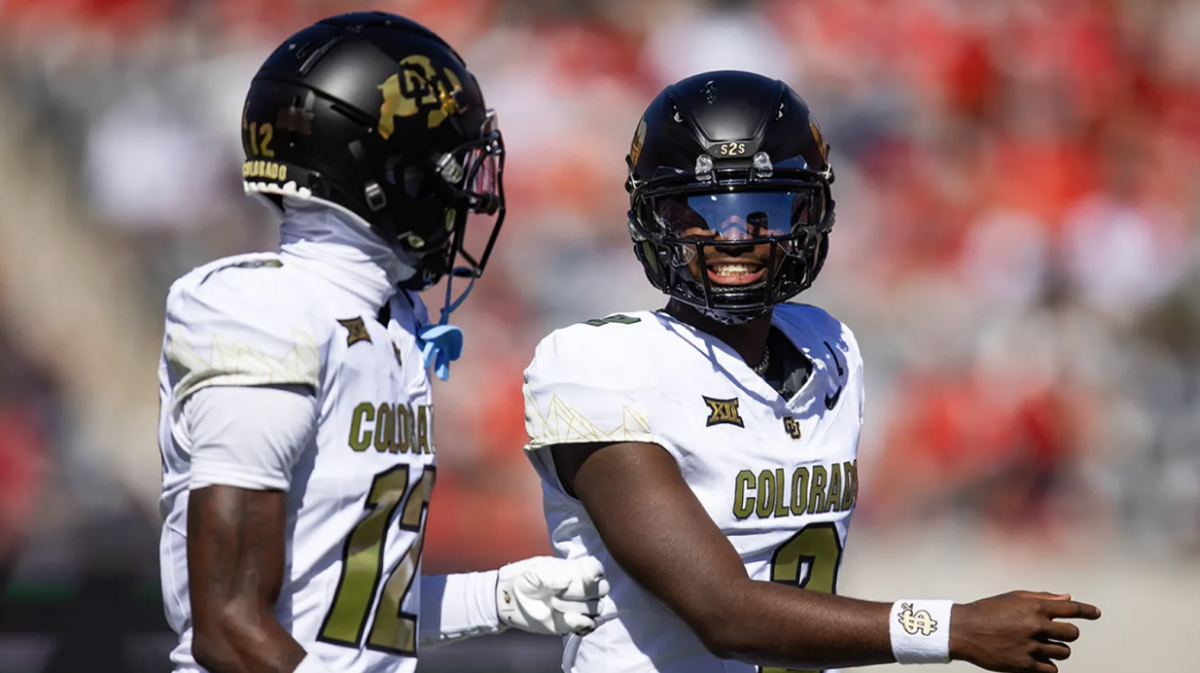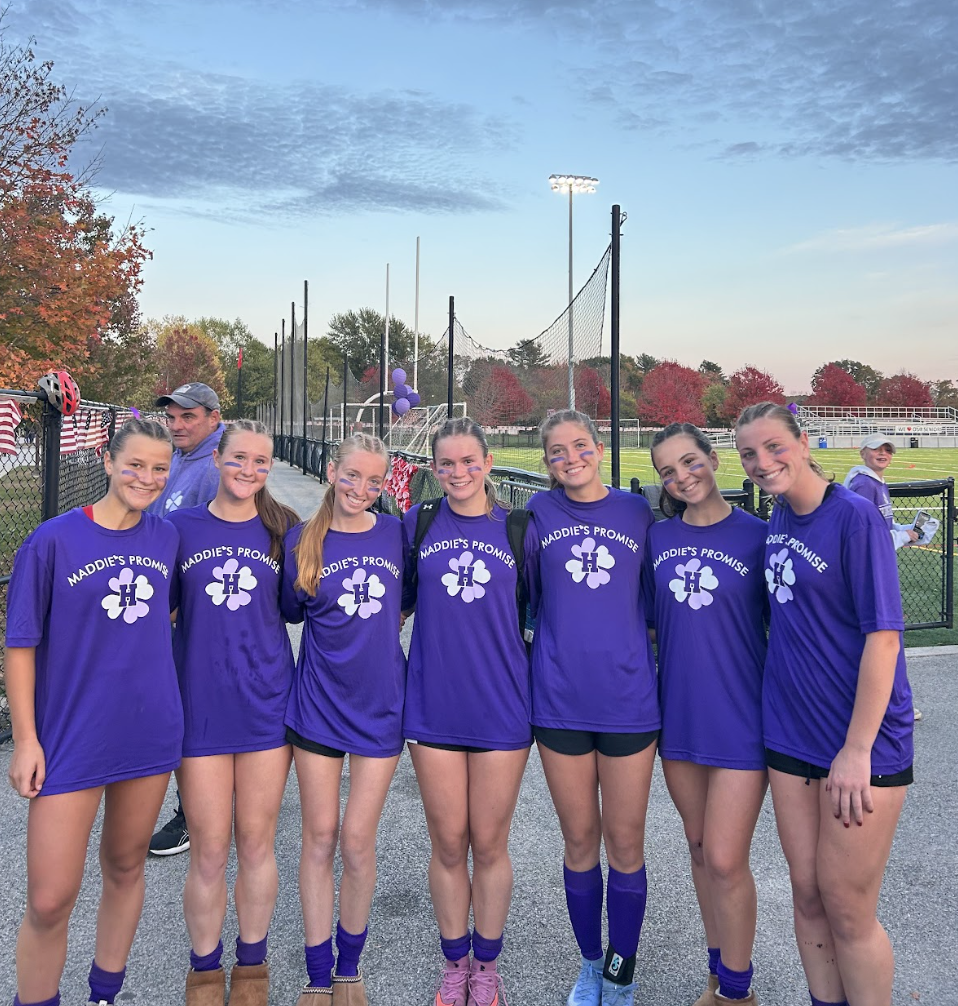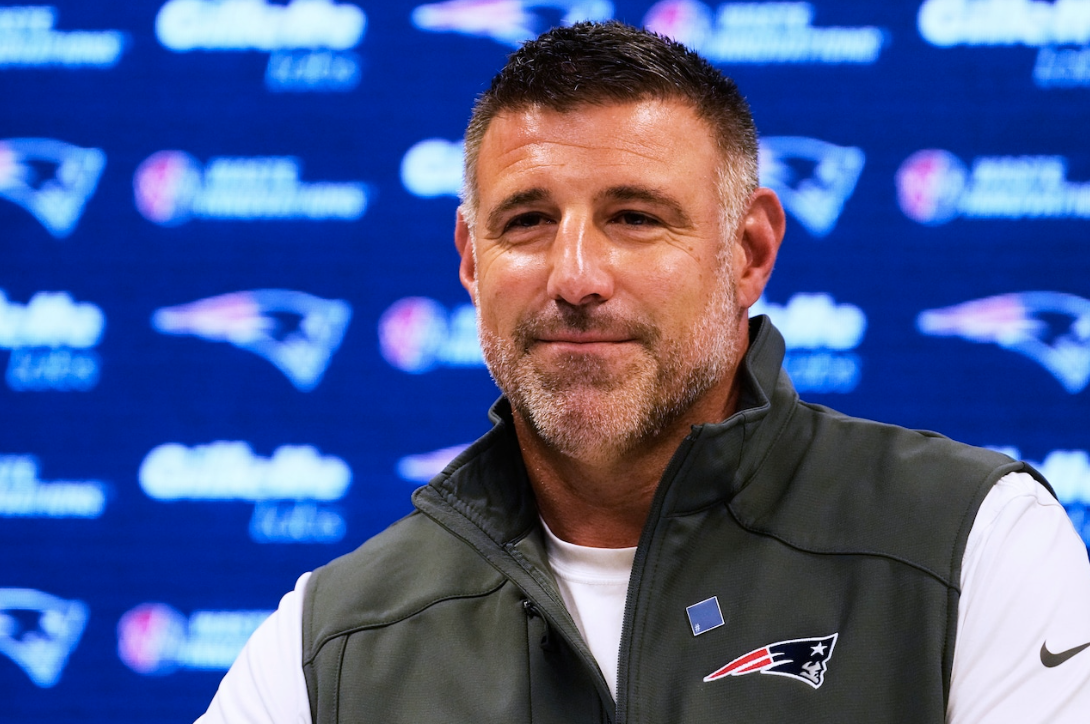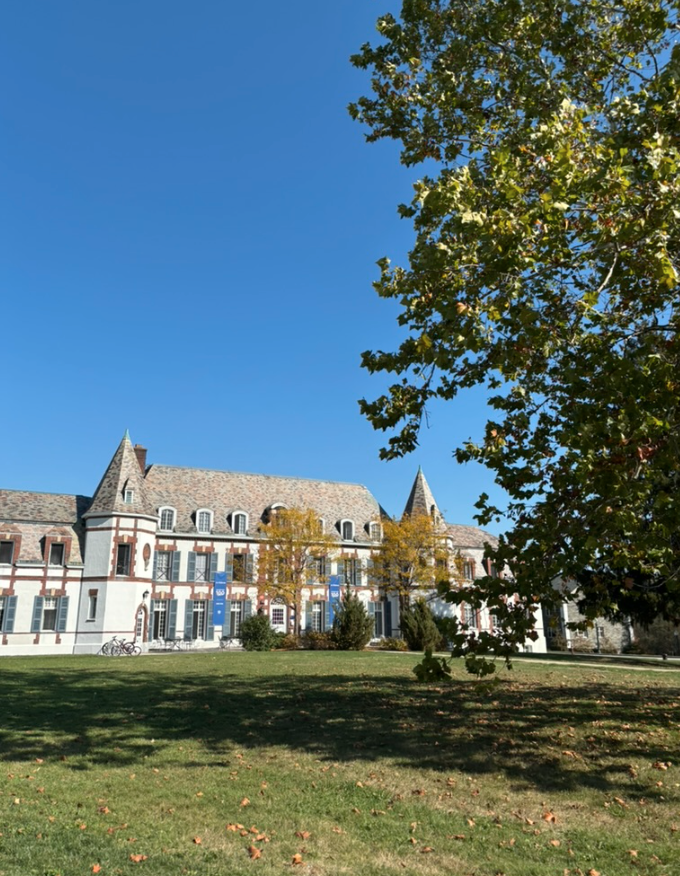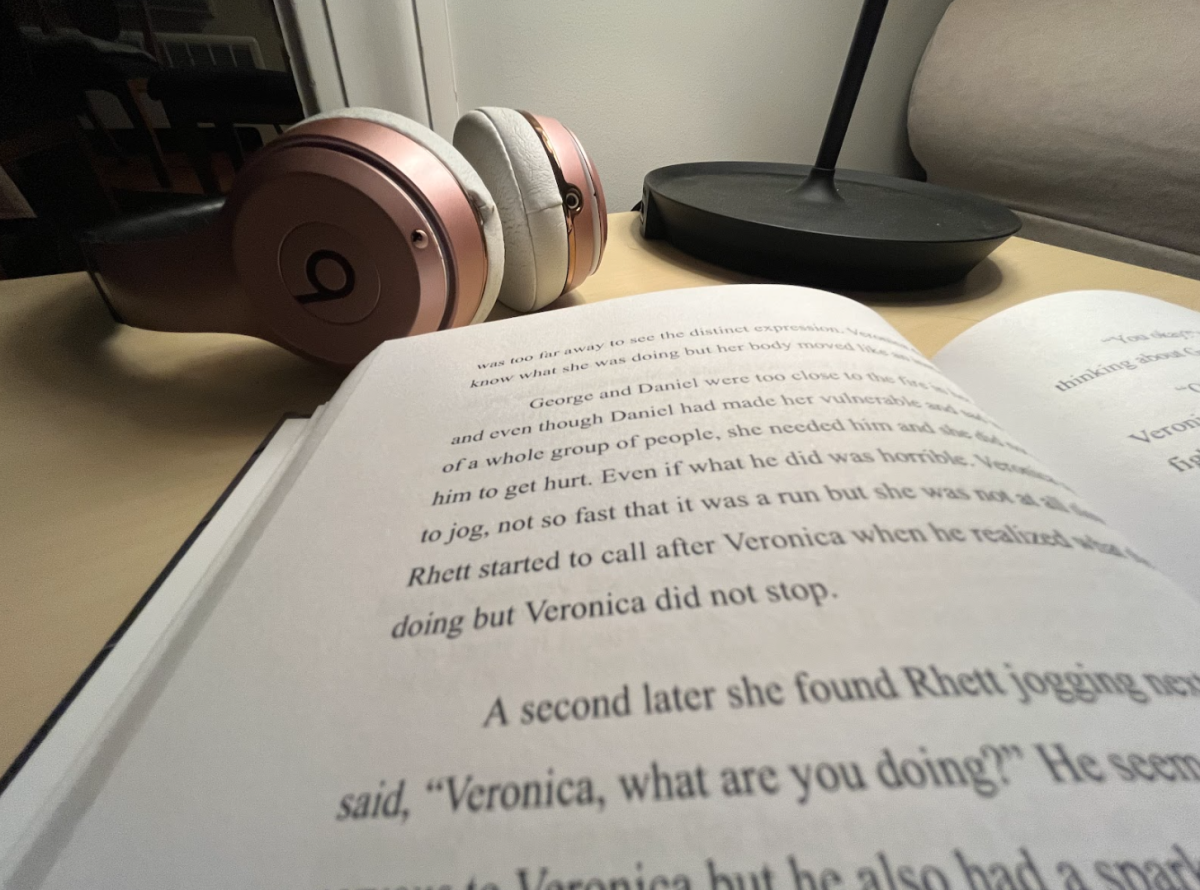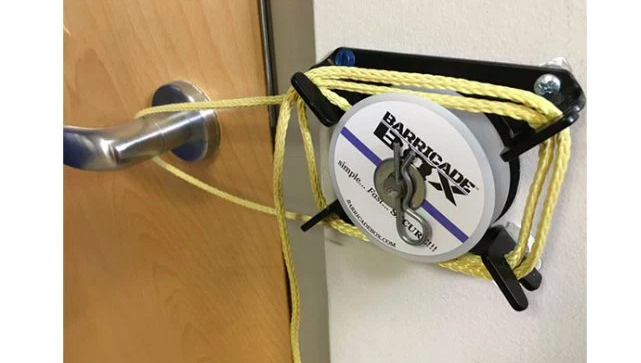Can Bulletproof Windows Stop School Shootings?
One of the many security latches that was implemented in every classroom at Hingham High School last week.
March 18, 2018
When it comes to gun violence, everyone has different opinions on how to end it. President Donald Trump urges that schools should arm teachers, while the founders of the #NeverAgain movement demand better background checks. Since gun control is a political issue, all people rightfully have their own stances on the subject. But most everyone can agree that students should feel safe in their schools.
One way that schools across the country are taking action to ensure this feeling of safety among students and faculty during the school day is by enacting physical security upgrades. Plans for implementing new school security measures have skyrocketed across the nation ever since Nicholas Cruz murdered seventeen people with an AR-15 at Marjory Stoneman Douglas High School in Parkland, Florida, last month.
Among the many, and often expensive, solutions, there are a few distinct methods that schools have been considering in order to increase security. According to the New York Times, these include detection technology (metal detectors), surveillance (body cameras), entry control (palm scanners, remote-control locks), community monitoring (tracking social medias), communication systems (walkie-talkies, panic buttons), and physical protective shields (bullet-proof windows, backpacks or shelters).
The fact that such measures are being taken is upsetting for some while logical and comforting to others. Junior Brooke Leary gave “a sad yes” to the question of whether or not intensified security in Hingham High School would make her, as a student, feel safer against gun violence.
Junior Lanah Petrillo explained, “I guess it’s a step in the right direction, but it’s not what will stop shootings.”
Brooke added, “If schools have to go to the extent of bullet proof windows, then there’s clearly something seriously wrong.”
Junior Harry Hull also spoke about increased security, sharing, “In school I would feel physically more safe, but emotionally it’s kind of disruptive.”
Many students seek other solutions. Junior Emma Busby offered an alternative way of making students and faculty feel less threatened by gun violence in school by stating, “I would feel safer if our school regularly went through active shooter drills. I know that the teachers have been trained before on what to do in an active shooter situation, but I think it is vital that the high school also trains the greater student body.”
In the Hingham Public Schools system, students and staff are actually not at as much of a risk of gun violence as school systems in other states are. This is because Massachusetts State Law banned assault weapons in 1994 (Massachusetts State Legislature, Section 121), making the AR-15 weapon, which was used at the Parkland shooting in February as well as the Newton shooting in 2012, illegal.
Other states have already begun implementing increased security in their schools. In Denver, Colorado, a middle school installed bullet-proof films over all windows on their campus just a few weeks after the shooting at Majory Stoneman Douglas High School, which altogether cost $600,000, according to the New York Times.
The Virginia Post reports that nine days after the shooting at Majory Stoneman Douglas, eighty-five Virginia Beach Schools committed to a buzzer system to improve entry security. The total cost of the project is estimated at $282,000.
When browsing the internet for new security inventions, multiple advertisements for physical protective shields such as the “Classroom Secure Rapid Lock System” and the “Barricade Box” appear. The lock costs $95.00 and the box is $49.99 and these are described as both “small and affordable” and “inexpensive but effective,” by the Huffington Post.
Other devices include the “ShotSpotter” and “the Sleeve.” The catchy names of these products and professional “how to” videos made about them prove that the industry of physical solutions to gun violence are increasingly popular in light of recent events.
At Hingham High School, faculty members continue to take strides to make the school feel safer. “Even before the Parkland shooting, we were engaged in what is really been continual process which is reviewing the school’s emergency response manual,” said Mr. Swanson, principal of the HHS. “There is a new sense of urgency to this topic since Parkland. I think we have had this on the radar, and have been treating it with a purpose, but now with a renewed sense of purpose since the tragedy in Florida.”
Since the fall, a group of distinct figures in the Hingham Public Schools system, including principals from the elementary, middle, and high schools, the business director of Hingham Public Schools, and three school resource officers, have been meeting periodically–about every other week–to review the current policies in place for school emergencies and how these policies may need to be improved to ensure the safety of Hingham schools.
Because of these meetings, a new device meant to increase security surfaced in Hingham schools just last week. This device is a bright yellow and rectangular magnet labeled “Security Latch” that stands out on the doorframe of every classroom. The magnet rests on the latch of the doorframe that lets the door be locked. This allows for the door to remain locked without the need to use a key, but students and teachers can still come in and out as they please throughout the day.
If a teacher ever needed to quickly prevent access to his or her room, such as in the case of a lockdown or an intruder, this device saves teachers from the danger caused by wasting time with tediously locking doors using keys in an emergency. Instead, in one second, the teacher can quickly crack open the door, push up the magnet, and close the door so it is fully locked, preventing anyone from entering.
“We first learned about it [Security Latches] last summer,” said Mr. Swanson. “It’s a really simple solution to solve one problem. I wish there were more cheap and easy solutions to these problems.”
As the principal of the Hingham High School, Mr. Swanson also spoke that, on the issue of school safety, he feels “a sense of obligation. On one level it makes me sad that so much of our time and energy has to be invested in these issues when we all want to be focused on learning. We really want to devote most of our energies into making the learning in our classrooms as exciting, powerful, vibrant and meaningful as it can be for our students, but there is also the reality that safety needs to be a top priority. If we are not providing for the safety and security of our students we really can’t focus on other things. There is a hierarchy of needs and if you don’t feel safe, it’s going to be pretty hard to learn.”
While schools across the country are actively taking it upon themselves to ensure safety on their grounds through new security products, perhaps the downside is the realization that many businesses now essentially thrive off of mass murder. If the Columbine, Sandy Hook, and Parkland shootings never occurred, all of these technologies would probably not be needed and certainly not be so popular.
As long as Congress and state governments do not work to support measures to prevent assault weapons from landing in civilian hands, defensive and expensive methods such as new lock systems, metal detectors, and bullet-proof windows are going to become more common and encouraged to maintain safe learning in schools. Sadly, this reality is one that only applies to the United States, grimly setting the nation apart from countries that have already enacted political policies that keep their students safe.

